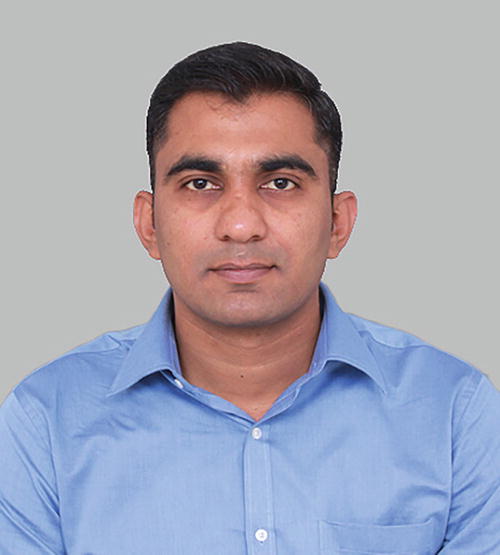PHP 8 Basics
For Programming and Web Development

This Apress imprint is published by the registered company APress Media, LLC, part of Springer Nature.
The registered company address is: 1 New York Plaza, New York, NY 10004, U.S.A.
This book is dedicated to my wife Erica and to my boys Trip and Wyatt.Also, you the reader. Thank you!
Jesus looked at them and said, “With man this is impossible, but with God all things are possible.”
—Matthew 19:26!
Developing web pages and applications is still, after many years, one of the most fascinating endeavors for developers. The idea of taking a simple idea and developing it, seeing it coming alive and imagining the experience the user will have is something very magical.
The experience of programming as web developer should, of course, also be easy, user-friendly, and flexible—all characteristics of the programming language this book is all about: PHP version 8.
The first version of PHP was created by Rasmus Lerdorf in 1994 and he mainly used it on his home page to keep track of who was looking at his online resume. In 1995, the first public version was published as the Personal Home Page Tools.
In the beginning, PHP was just a simple programming language with a very easy parser engine that only understood a small number of utilities and macros.
PHP usage grown. In 1996, about 15,000 web sites were developed with PHP; by 1997, it was up to 50,000. In 1999, about 1 million web sites were developed with PHP. At the time of writing, 78 million of web sites have been developed with PHP to give you a perspective of how popular this programming language has become. Why?
Simple. Because after many years it is still easy to use, user-friendly, and clearly organized. This helps would-be programmers easily understand and run PHP commands and functions.
We want to help PHP beginners and would-be developers explore the new features added to this version 8 and see how easy, flexible, and powerful it can be to develop new web sites and applications.
You will find all the basic information about how to install and configure PHP version 8.
All basic PHP concepts like data types, functions, regular expressions, form handling and verification, sessions, cookies, and filters are introduced and demonstrated with many examples.
We also introduce the basic information of object-oriented programming and its classes and objects.
This book also provides some simple examples about how to use PHP version 8 with one of the most powerful and used databases for developers, MySQL. You learn how to develop an entire web application using PHP version 8 and MySQL.
You also learn about PHP frameworks and why they are so important to use. This book focuses on just two of the many PHP frameworks available, Symfony and Laravel, and the development of web applications following the model–view–controller architectural pattern.
Who This Book Is For
The book assumes you have some web development and DB handling knowledge. The book is written mainly for the beginning web developer who wants to learn how to use PHP version 8 and how it can be used with MySQL and PHP frameworks like laravel and Symfony. It also assumes you have some knowledge of programing language frameworks and how and when you should use them with PHP.
Prerequisites
The examples in this book were built with PHP version 8. We also used MySQL for Ubuntu Linux version 22.04 DEB Bundle. As a testing tool, we used the latest Postman API client version available on the Web, but you are free to use any testing tool you feel comfortable with. Finally, we introduced and utilized two different PHP Frameworks named Laravel and Symfony, which will be needed for the examples of this book.
Downloading the Code
The source code for the examples in this book is available at www.github.com/apress/php8-basics.
I would like to dedicate this book to my parents for always believing in and having patience with me while I pursued my interest in technology, and gave me the freedom to explore and try different things. Also, thanks to my sister Lipsa for always being beside me whenever I needed her. I would like to thank all my teachers for being with me during my journey, Runish for the foundational mentoring support at the start of my career, Mindfire Solutions for my first career opportunity, and to all with whom I had an opportunity to interact and learn from. Last but not least I would like to thank Mark for the awesome opportunity to write my first book and the wonderful team at Apress for all their support without whom this book would not have been possible.



